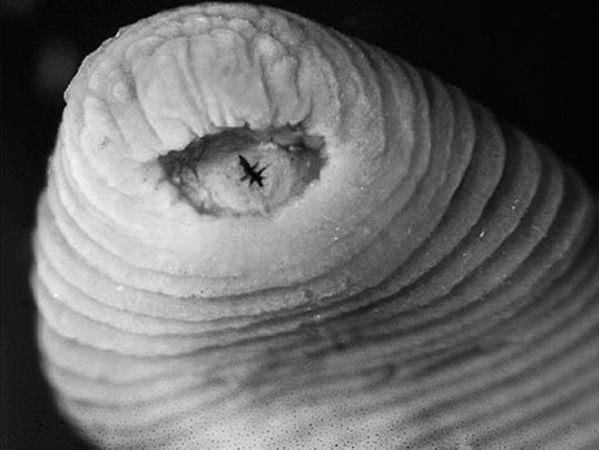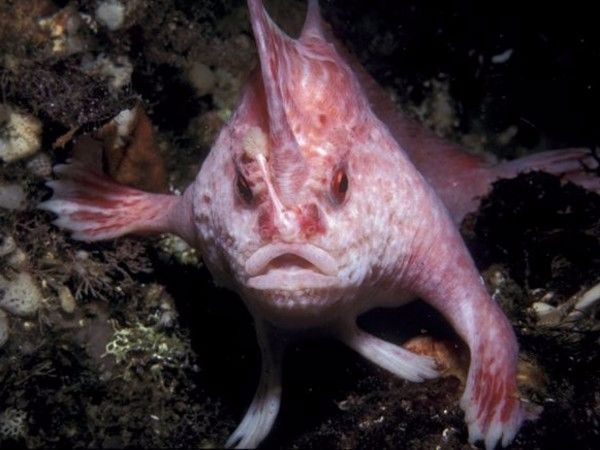
Pink fish with hands
Uses their fins to walk rather than swim, along the bottom of the ocean in this photo, undated. The fish pink hands is one of the nine newly named species described in a review of the family of fish with hands.
Only four specimens of this elusive fish pink with hands, 10 cm, have been found, and everyone in the area near the island of Hobart, in Tasmania Australia island.
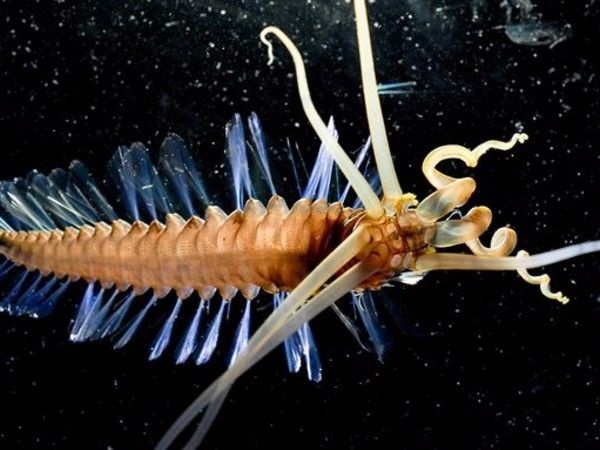
Squid worm
Squid? Worm? Squid? Worm? Initially, this new species - bristle paddle-shaped for swimming and tentacles on their head - leave you perplexed researchers for the Census of marine life that gave it as impossible and decided to call it squid worm.
Found via vehicles operated by remote control to a few 2.8km under the Celebes Sea in 2007, the creature of about ten centimeters, turned out to be the first member of a new family of worms called Polychaeta.
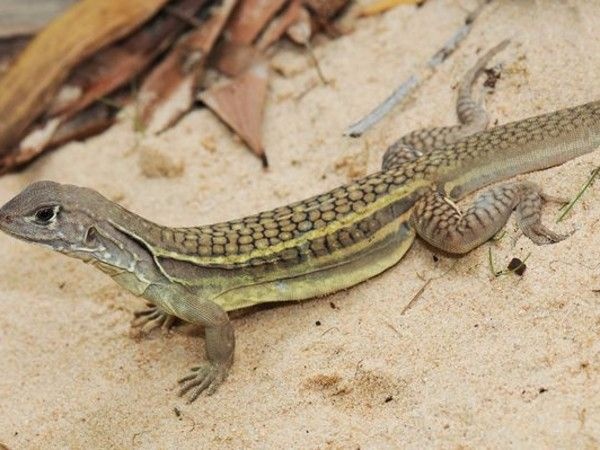
Lizard Autoclonable
It could be called the surprise of the day: a popular Vietnamese menus food has proved to be a lizard unknown to science.
The newly discovered Leiolepis ngovantrii is not in danger of extinction, I, bra reproduces through cloning and without the need for males.
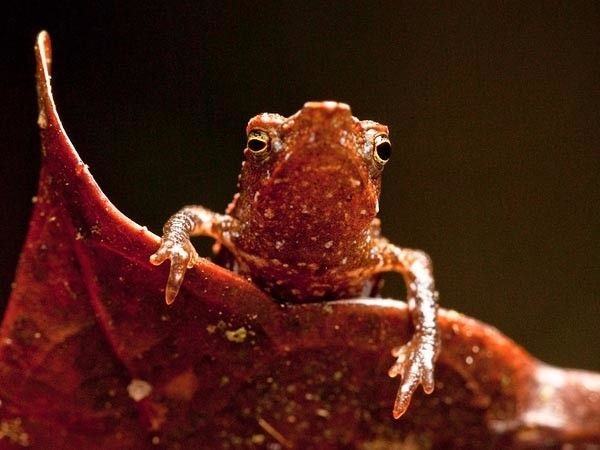
Toad Simpson
Looking for lost species of amphibians in the area west of Colombia, in September 2010, the scientists ran into three new species, including this Toad with peak.
"His long and pointed nose reminiscent of the of the villain Mr. Burns of the Simpsons TV series, said the leader of the expedition.
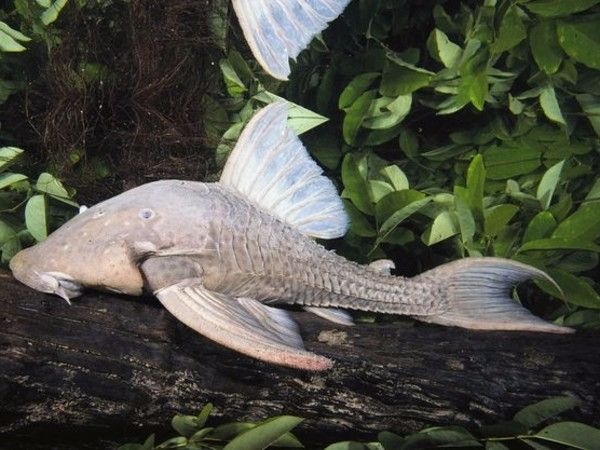
Catfish wood dining room
A new species of catfish armed dining room wood (see photo) that are found in the Amazon Santa Ana de Perú feeds on a tree caideo in the River in 2006.
Other species of catfishes used their special teeth to scratch the organic material from the surface of the sunken wood. But new spice, still unnamed, is among the dozen species of catfishes known, currently eating wood.

"Estornudador" snub-nose monkey
A new species of monkey found in Myanmar has a nose so upturned that it does rain make you sneeze, but apparently that is the least of their problems as commented conservationists in October 2010.
The only specimen scientifically analyzed was killed by local hunters, when scientists found it to be eaten later.
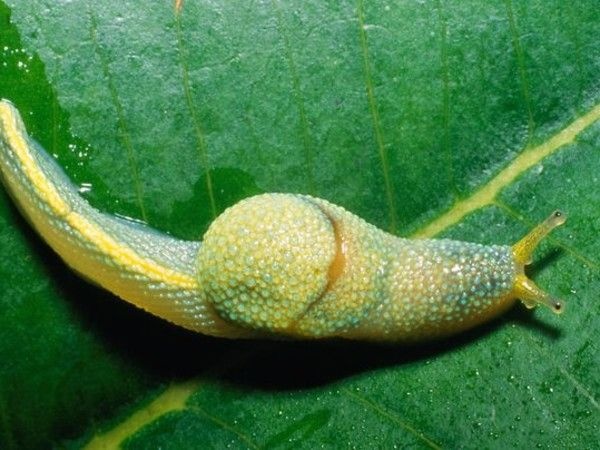
Snail Ninja
Boasting a tail three times longer than its head, this new species of long-tailed snail was found in the hills of Malaysia, in the area of Borneo.
This new spice launches his partner "love darts" composed of carbonate of calcium and hormones, hence its name, the snail ninja. Scientists believe that this the Cupid-like behavior can do to increase their rate of reproduction.
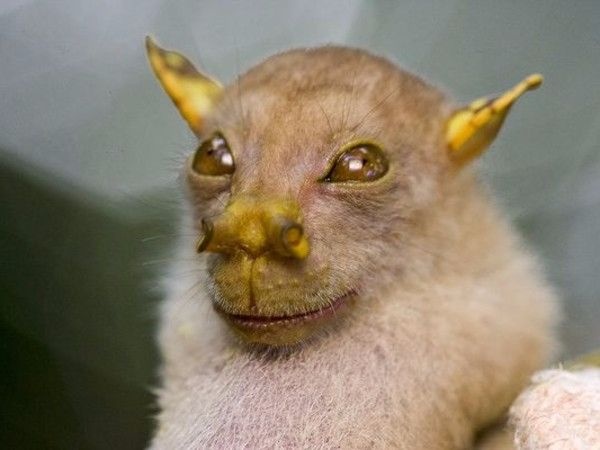
Bat Yoda
This fruit-eating bat the nose tube, which became an online sensation, is only one of the approximately 200 species found during two scientific expeditions to Papua New Guinea in 2009.
Although seen in previous expeditions, the bat has to be documented as a new species, and be named. Like other fruit bats, although it spreads the seeds of fruit in your diet intake, this flying mammal is crucial for the tropical forest ecosystem.
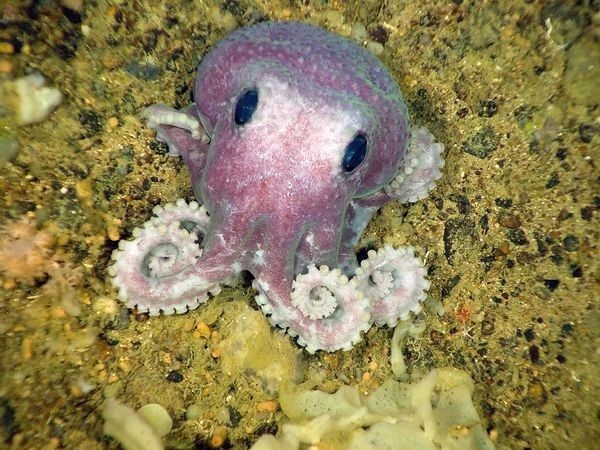
A new purple Octopus
This unidentified purple Octopus is one of 11 new species were found during an expedition to high depths in the Atlantic coast of Canada in July 2010.
The 20-day expedition aimed to discover the relationship between cold water corals and other creatures of the sea floor, in an "alien", yet by studying environment.
Rex leech
A new species of saguijuela was discovered in a remote area of Amazonian Peru and has been named as the King of jungle, the Tyrannobdella re. x
It can measure up to seven centimeters and has long teeth, like the dinosaur that gives the name, Tyrannosaurio Rex.
"This new creature snacks are relatively small," said study co-author Mark Siddall, an expert in invertebrate zoology in the American Museum of Natural history in New York.
For this and many more reasons, this rare species of leech is one of those selected as "Rarest kind of 2010".

